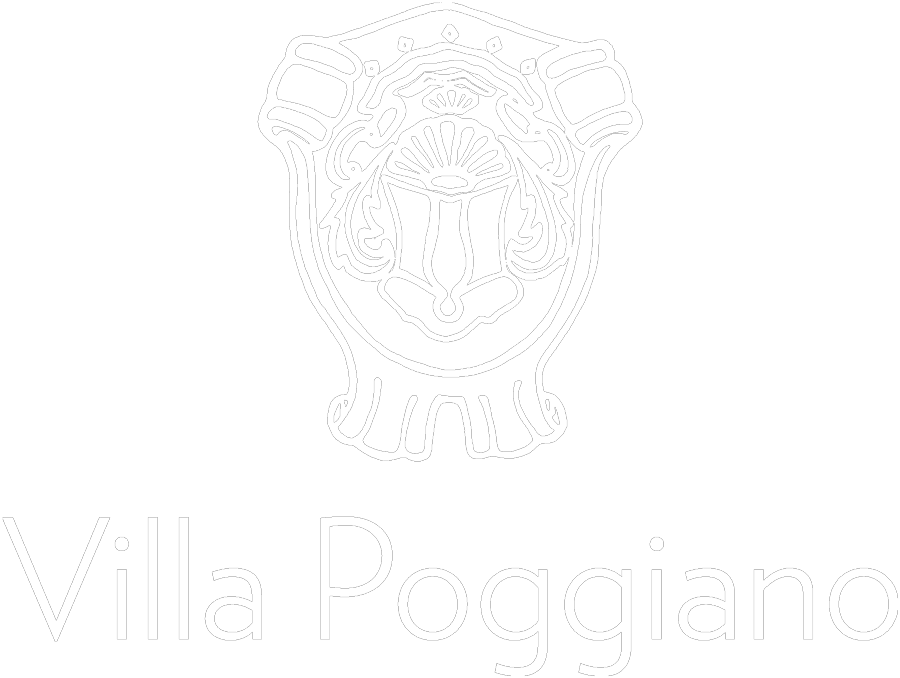Etruscan Archeological day tour
Here are four must-see museums for an exciting journey from prehistory to the Etruscans: Cetona, Sarteano, Chiusi and Chianciano Terme. Starting with the Monte Cetona Civic Museum of Prehistory in Cetona, where, along the mountain slopes, there are caves and tunnels that have been used since the time of the Neanderthals. This museum is an unmissable chance to learn about the region’s various phases of human population. Tools used for carving out the rock, remains of animal prey and the large number of archeological finds are testimony to the continuity of human settlement throughout the region. The area of Monte Cetona is recognised as the very first human settlement in central Italy.
Furthermore, you cannot miss a visit to the Civic Archaeological Museum of Sarteano, which displays remains from the Bronze Age to the late Roman period, including bronze objects and Canopic vases. Also worth visiting is the chilling Tomba della Quadriga Infernale, which was discovered just recently and has been open to the public only very briefly. The icy stare of the demon Charon coming down from the walls is still a warning to all of us, even twenty-five centuries later. Then there is Chiusi with the Museo Archeologico Nazionale and the Museo della Cattedrale.
Every Italian schoolchild knows of Chiusi’s indissoluble bond with the Etruscans. Lucumone of Chiusi was King Porsenna, famous for his indomitable contest with Rome and the stoic story of Gaius Mucius, known as the Scaevola (the Left-handed) after deliberately burning his other hand: all true stories, as confirmed by countless historians. The area of Chiusi, and in particular its subsoil, is an inexhaustible mine of finds of international importance. For more than a century the Museo Archeologico Nazionale has exhibited an incredible number of pieces – some complete sets – from the Bronze Age to Lombard times, and the town’s golden Etruscan age.
In Chiusi, visit also the Labyrinth of Porsenna, a mythical labyrinth that leads to the Mausoleum of Lucumone Porsenna. This network of tunnels was used during Etruscan times to store water but was later abandoned. Visitors can see the inside of a Roman cistern from the I century BC, located directly under Piazza Duomo and then exit to climb the Torre Campanaria bell tower, once known as the ‘Civic tower’. Expect 142 steps and a fantastic view! Don’t miss a visit to the brand new Civic Museum, divided into three sections; The Labyrinth, Productive Activities and the Epigraphic section.
Last but not least, Chianciano, with the splendid Museo Civico Archeologico Delle Acque (Waters Archaeological Museum), created from the numerous archaeological remains which continue to came to light even in the middle of the town centre, showing the Etruscan origins of Chianciano
Credits photo Museo archeologico di Sarteano: louis-garden








